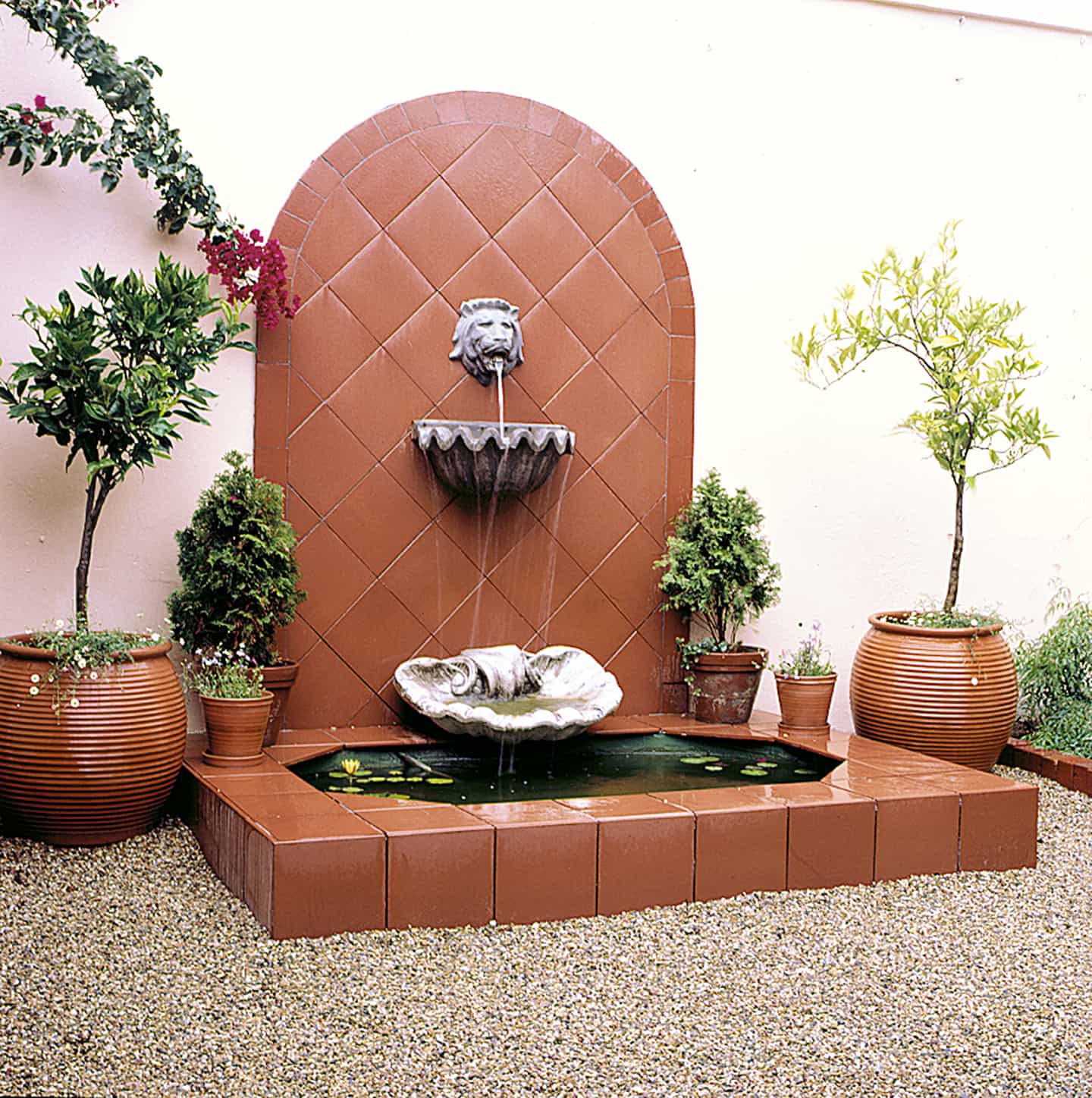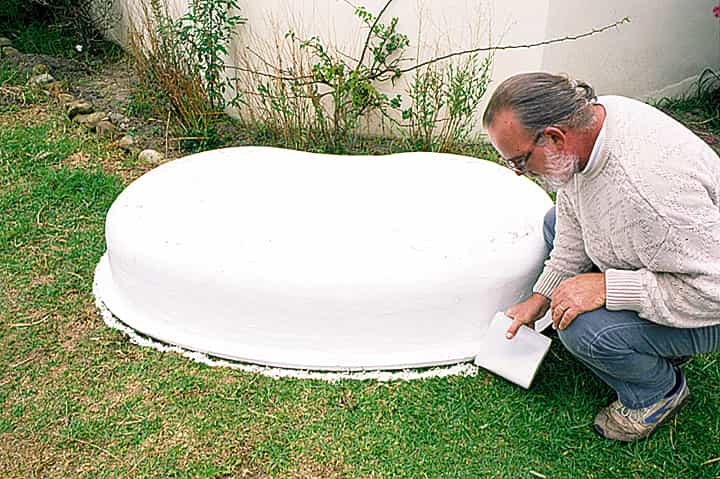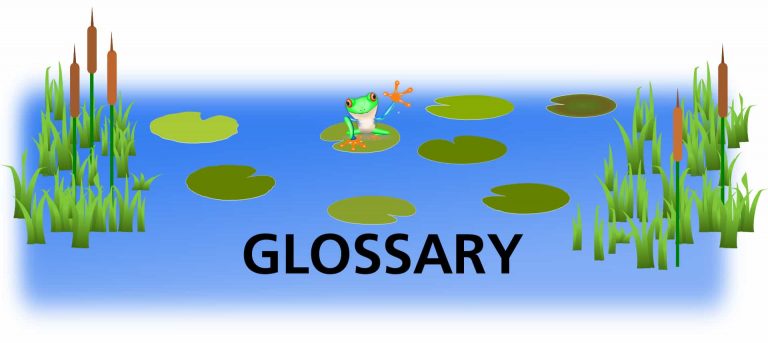Choosing Preformed Ponds

Preformed Ponds Are The Way To Go
If you have absolutely no experience building fish ponds, and you want one now, then preformed ponds are the way to go. There are different types and sizes, although you may be limited by the specific fish pond supplies available in your area.
Before you decide what kind of pond to buy, do some homework to see what is available and at what kind of cost. If there are limited supplies in your area, then the obvious solution is to turn to the Internet to see what you can find there. Be sure to weight up all your options before you make a final decision.
Types of Preformed Ponds
If you are indeed wanting the pond for fish, you will need to be sure it is large enough, and deep enough for the fish you intend to keep. Generally preformed pond shells are relatively small and better suited to goldfish than to more exotic koi.
In the U.S., the most common type of preformed pond is made from glass fiber and some distributors sell them with a pump and filter. While koi lovers generally filter the water in their ponds, so they can see the beautiful colors of the fish and keep them healthy, this is not really necessary when keeping ordinary goldfish.
Fiberglass pond shells are often built up layer-by-layer by hand using glass-fiber reinforced polyester. Alternatively they are formed by spraying several layers of a special catalyst, a polyester resin, and chopped strands of glass fiber onto a mold. The result is a tough, rigid liner ideal for the smaller garden.
Various thermoplastic materials are also used to make preformed fish ponds, including polypropylene and high density polythene. These are normally vacuum-molded, which is a cheaper process than molding fiberglass, and the resultant material is not quite as rigid or resilient.
Both types of molded liner come in a variety of shapes and sizes, some with different levels that can be used for plants. Black is a popular color because it looks natural in the ground.
Bear in mind that a rim sticking out above the level of the ground is always a dead giveaway – take this into account when you make your choice. You will need to hide the rim either with clever planting, or by laying some kind of edging or paving. This will depend how informal and natural you want the pond to appear.
Features for Preformed Ponds
Some specialist manufacturers mold architectural pond features, including fake rocks, from glass fiber reinforced cement, and they also mold small natural-looking preformed ponds from the same material. These are generally even smaller in size than fiberglass and molded plastic ponds, but they can make an attractive water feature in the yard.
Once you know what is available from your local fish pond supplier, you can make a decision in terms of what to buy.
Installing Preformed Ponds

Installation of all types is exactly the same. Briefly, all you do is to turn the pond upside down and mark the perimeter on the ground. Then you dig out the earth to the depth of the pond, leaving a shelf if the levels inside vary.
It is best to dig out more soil than required, so that you can add a layer of soft building sand to cushion the pond. Then position the pond, and backfill with soil or building sand, ensuring the mold stays level.
A good quality rigid liner (made of fiberglass for instance) may also be installed above the ground – or partly above the ground. This can be quite effective if you want a relatively formal brick-finished pond, or one that is clad with stone; you can use the real thing or one of the many simulated stone products that is available.
Then all that’s left to do is fill the pond with water and add water plants if you wish. Allow plants to establish themselves before introducing fish.








One Comment